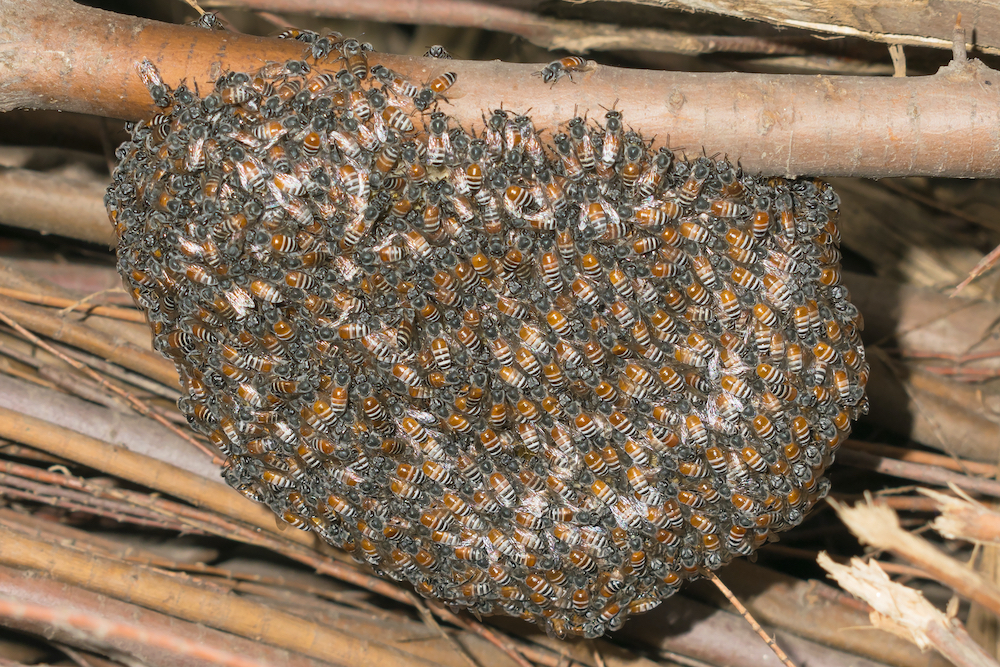All About Honey, Beeswax and Propolis


Beehives are truly incredible! Did you know that there are three primary materials that are used in building this amazing structure? Honey, beeswax and propolis. While each of these is unique in its own way, they all share one thing in common: they are produced by the honey bee.
By understanding how honey, beeswax and propolis are made, you can get a clear picture of just how fascinating honey bees truly are.
Beeswax
Beeswax is the primary material that makes up the hive. The hive is an intricate construction of hexagonal cells that house stores of honey and pollen as well as the brood. The cells are built so they touch each other – and this is done by design. Not only does this configuration allow the bees to pack in more storage units, the fact that they share walls means that the bees can build the cells more quickly and conserve energy. The hexagonal shape of a cell also maximizes space so that each cell can hold a the most honey or pollen possible.
Honey bees have small glands on their bellies that produce wax. The bees will ingest a small amount of honey and then convert the sugar into tiny pieces of wax. This wax substance will then be collected by the bee and placed in their mouth. Here, the wax mixes with saliva and becomes the amazing building material that it is.
Honey
Bees forage for nectar and pollen so that they can produce the delicious substance we call honey. A worker bee known as a forger will have the job of traveling from the hive to the flowers to collect nectar and pollen.
She uses a structure called a proboscis to access the nectar deep inside the flower. She stores the nectar until she finishes her foraging trip and returns to the hive. When she arrives at home, another worker bee will take the nectar that the forger has collected, mixing it with her own enzymes, and removing a little bit of the water content. This process will continue each time the nectar is passed, crafting it into a tick, rich substance that is very similar to the honey we know and love.
Once the honey is nearing the right consistency, it will be stored in a cell where it will continue to lose a little water until it reaches its perfect state. When the honey is ready, the bees will seal the cell with wax, preserving the honey for use later on.
Propolis
Unlike beeswax and honey, you may not hear a lot about propolis. Propolis is sort of like the Elmer’s Glue of the bee species. Bees use it for a number of different purposes, including insulating the hive from temperature extremes and sealing up holes to protect it from predators.
Forager bees visit flowers to collect nectar and pollen, and sometimes tree sap. The sap is carried back to the hive where it is combined with a bunch of different substances to make it the sticky but useful tool the bees need to thrive. Because of its use as a glue, the structure of a beehive is made almost entirely of beeswax and propolis. Propolis helps the hive maintain heat in the winter. As bees build the hive, they can use propolis to seal off certain areas or build extensions were needed.
Together, honey, beeswax and propolis are the building blocks of a beehive. Bees use their ingenuity to not only make these substances, but to use them in creative and intelligent ways.
To learn more about these materials, check out our other blog posts:
7 Things You Didn’t Know About Bee Propolis
And if you need help safely and humanely removing bees from your San Diego area home or business, contact the professionals at D-Tek Live Bee Removal today.
